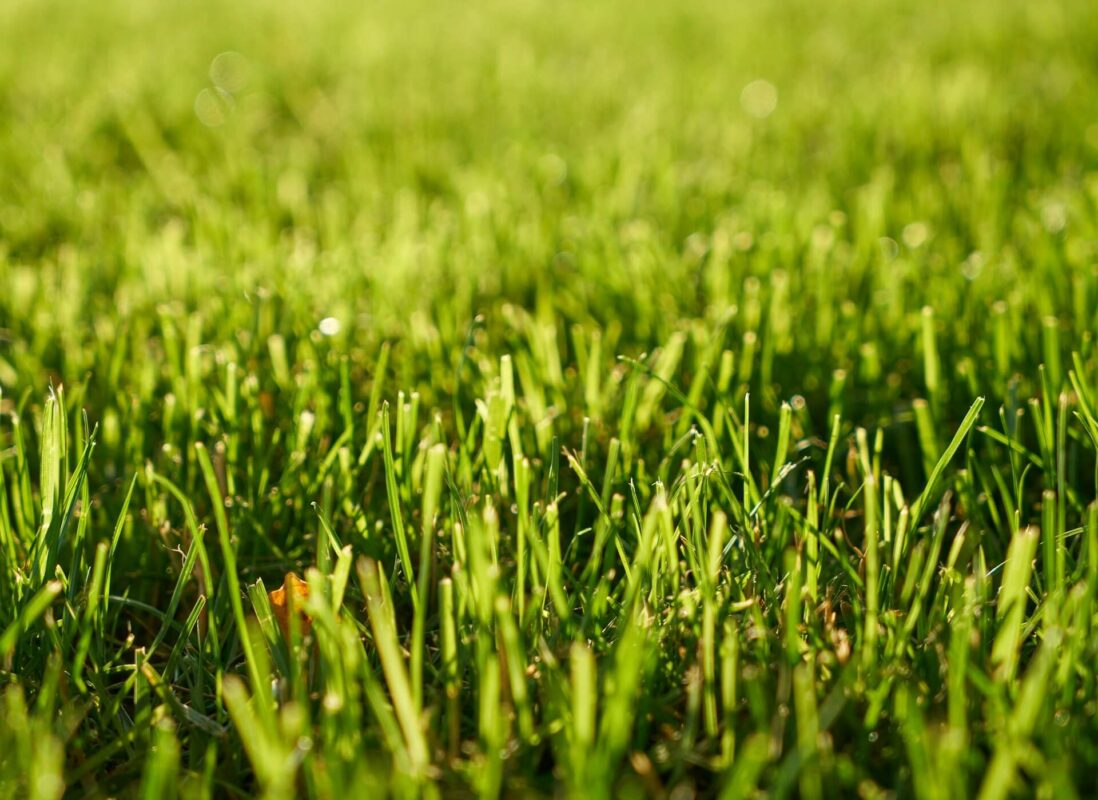Vile Vine: Field Bindweed Can Be Devastating to Your Lawn, Garden & Pasture

Perhaps no other weed invokes as much disgust throughout America as Convolvulus arvensis – or field bindweed. Also referred to as morning glory, creeping Jenny, wild morning glory, and devil’s guts (a very appropriate name in my opinion), this noxious weed is responsible for hundreds of millions of dollars in crop loss each year, not to mention the headache it causes for homeowners and gardeners. From my experience, I’ve seen it overwhelm portions of my own pasture where I didn’t take a more aggressive stance. In my lawn service days, I saw morning glory completely consume fences, lawns, and even a trampoline. The fight against bindweed can be long and difficult, so take immediate action the next time you spot this vile vine creeping into your lawn, garden or pasture.
Noxious Invader
It’s hard to imagine now, but there was a time when field bindweed didn’t exist in America. It wasn’t until the 1700s that bindweed was introduced to North America, probably in contaminated hay or as an escaped ornamental. Since then, it’s spread to almost every part of the United States and is particularly invasive in the Pacific Northwest. Most states have placed it on their noxious weed list, and it’s considered invasive in the rest. While it’s hard to find anything good about it, it does have some medicinal properties and is used by many pollinating insects. However, its remarkable ability to survive, spread, and suck the life out of desirable crops and ornamentals overshadows any potential benefit.
Growth Habit & Reproduction
Field bindweed’s incredible success as a weed can be attributed to its growth habit and reproductive methods. As a perennial vine, bindweed loves to crawl up other plants and structures. If no other plants or structures can be found, it’s perfectly content to creep along the ground, extending itself several yards in every direction. Bindweed also produces copious amounts of seed. It’s been estimated that an acre stand of pure bindweed can produce about ¾ ton of seed. These seeds have a hard, impervious seed coat that can lay dormant in the soil for up to 50 years. On top of this, bindweed is able to reproduce from underground rhizomes and aboveground shoots. When chopped up, such as during tillage, each segment of the original plant is capable of growing a new plant. Battling with field bindweed can be compared to fighting the mythical Hydra – cut off its head and two grow back.
Prevention is Best
One of the best ways to control field bindweed, and most other weeds, is with proper pasture management. Because bindweed is a low-growing vine, taller plants are usually able to block the sunlight before it reaches the bindweed, keeping it weak and under control. This means maintaining a healthy, productive pasture through rotational grazing and avoiding overgrazing. While sheep and goats have been known to graze on bindweed, other livestock tend to leave it alone.
Battling Existing Stands
For existing bindweed infestations, mechanical control can work but requires repetition over several years. If tillage is not repeated, you’ll actually be helping the bindweed spread. Mowing is usually not effective due to the low-growing nature of bindweed. For smaller areas, solarization can work well. This involves placing a clear polyethylene tarp over the infested area and using the heat from the sun to bake and kill the bindweed. Keep in mind this won’t kill the deep reproductive roots. Finally, chemical herbicides can be very effective when used responsibly. There are several selective and non-selective herbicides available for controlling bindweed. Contact your local Cooperative Extension Service for more information on using herbicides for controlling field bindweed in your area.

